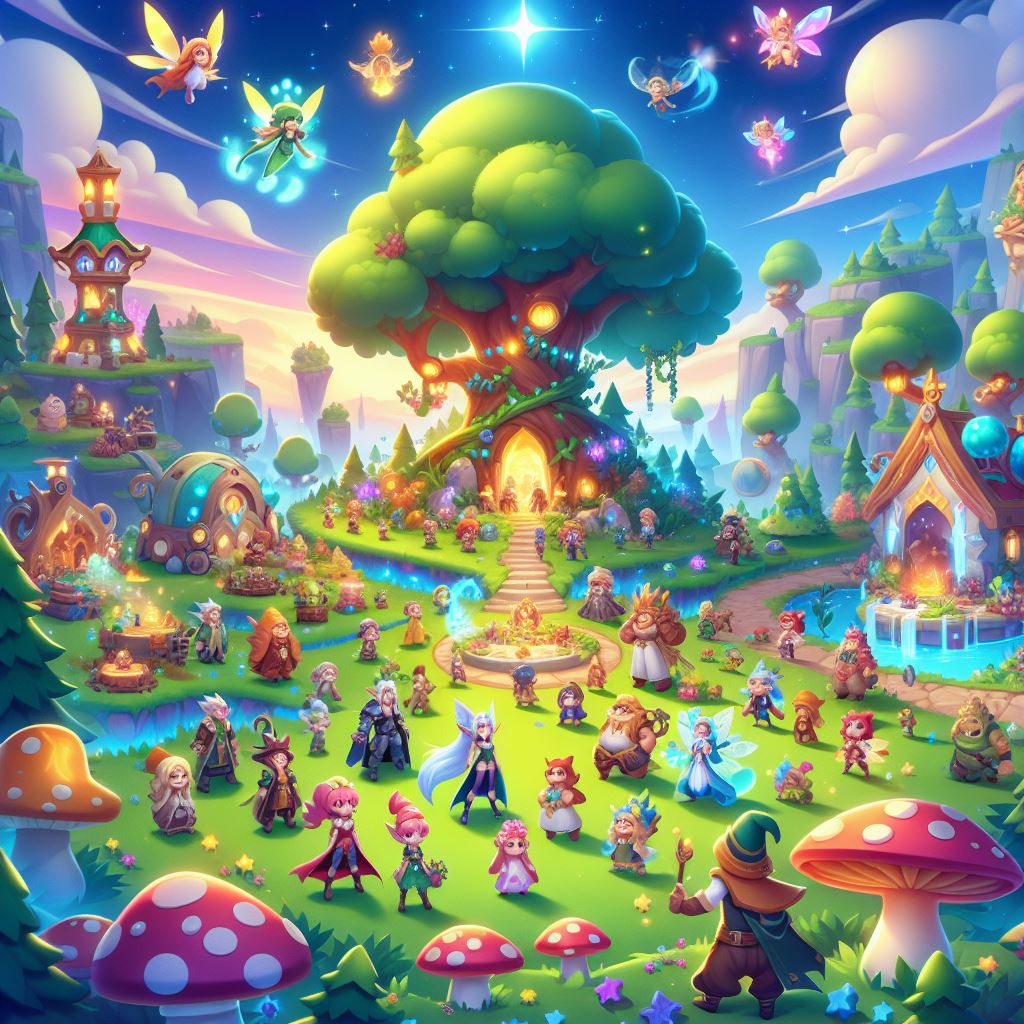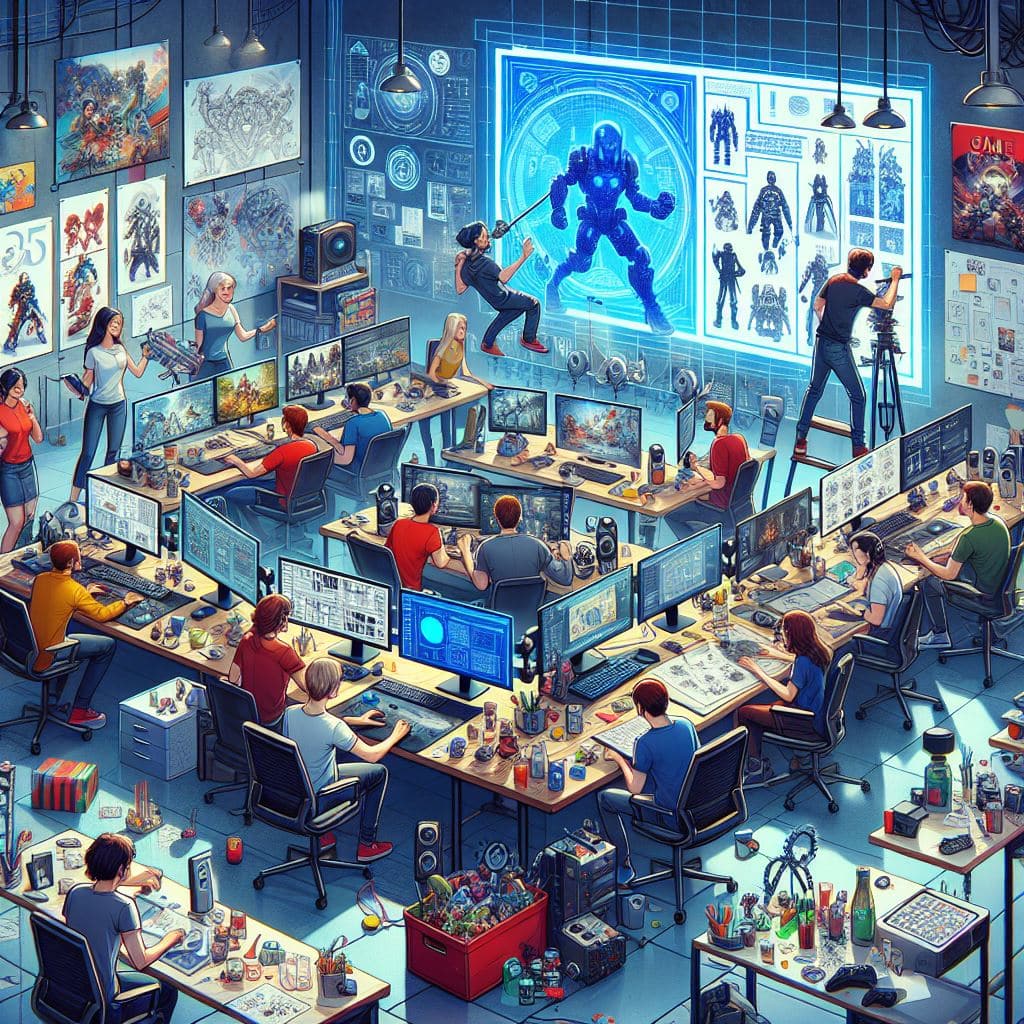In the world of game development, striking a balance between good graphics and game performance is both an art and a science. Developers often face the challenge of creating visually stunning games that run smoothly across various platforms, from high-end gaming PCs to mobile devices. This balance can make or break a game’s success, as players expect immersive visuals without sacrificing frame rates or gameplay responsiveness.
In this guide, we’ll dive into strategies for optimizing game performance while maintaining good graphics, provide actionable tips, and explore real-world examples to help you craft visually impressive yet performant games in Unity or other game engines.
Why Balance Graphics and Performance?
Before jumping into techniques, it’s essential to understand why this balance is critical:
- Player Experience: Beautiful graphics can captivate players, but if the game stutters or crashes, it ruins immersion.
- Device Compatibility: Games must run on a range of hardware, from high-end systems to budget smartphones.
- Market Reach: Optimizing for performance ensures your game can reach broader audiences, increasing revenue potential.
- Retention: A well-optimized game keeps players engaged, while poor performance can lead to frustration and uninstalls.
The Key Elements of Balancing Graphics and Performance
To balance art and performance effectively, focus on three main areas:
1. Art Asset Optimization
The quality and size of your assets significantly impact performance. Here’s how to optimize them:
Textures
- Use compressed texture formats like DXT for desktop or ASTC for mobile.
- Lower resolution for distant objects via mipmaps to save memory and processing power.
- Combine textures into atlases to reduce draw calls.
Example: In a mobile racing game, compressing road and car textures can drastically reduce memory usage, improving performance without noticeable quality loss.
Models and Geometry
- Keep polygon counts low for background objects.
- Use Level of Detail (LOD) to swap high-poly models for lower-poly versions at a distance.
- Combine static meshes when possible to reduce draw calls.
Example: In an open-world game, distant mountains can use LOD models with fewer polygons while maintaining visual fidelity.
Materials and Shaders
- Limit the number of materials per object; use shared materials where possible.
- Opt for performance-friendly shaders like Unlit or mobile shaders.
- Bake lighting into textures for static objects instead of relying on real-time lighting.
Example: For a city simulation, using baked lighting and simplified shaders on buildings enhances performance while preserving aesthetics.

2. Rendering Optimization
Efficient rendering is crucial for maintaining good performance:
Culling
- Implement frustum culling to avoid rendering objects outside the camera’s view.
- Use occlusion culling to prevent rendering objects hidden behind others.
Example: In a first-person shooter, occlusion culling ensures that objects behind walls aren’t unnecessarily rendered.
Lighting
- Use baked or mixed lighting for static scenes to reduce GPU overhead.
- Minimize dynamic lights; use light probes to simulate lighting on moving objects.
- Limit shadow-casting objects and lower shadow resolution for distant objects.
Example: A platformer with fixed camera angles can use baked lighting and static shadows for optimized rendering.
Post-Processing
- Use post-processing effects like bloom, depth of field, and color grading sparingly.
- Apply effects to specific layers or areas instead of the entire scene.
Example: In a mobile RPG, limiting post-processing effects to boss fight areas enhances dramatic moments without overloading the GPU.
3. Game Logic and Physics Optimization
Efficient game logic ensures smooth gameplay, especially in complex scenes:
Physics
- Use Rigidbody Interpolation to smooth out movements without extra physics calculations.
- Disable physics for objects that don’t require it or use non-kinematic Rigidbody.
- Optimize collision meshes; use primitives like boxes or spheres instead of complex meshes.
Example: In a 3D puzzle game, simplifying collision shapes for environmental objects reduces unnecessary physics calculations.
Scripts
- Avoid frequent updates in the
Update()method; useFixedUpdate()or coroutines for time-based operations. - Profile scripts to identify bottlenecks and optimize code.
Example: In a tower defense game, batch enemy pathfinding calculations to improve efficiency during large waves.
Tools to Help Balance Art and Performance
Several tools can assist in optimizing your game:
- Unity Profiler: Identify performance bottlenecks, from CPU spikes to GPU overloads.
- Frame Debugger: Analyze draw calls and overdraw in your scenes.
- Texture Packer: Combine textures into atlases to reduce draw calls.
- Shader Graph: Create optimized shaders tailored for your game.
- Occlusion Culling: Available in Unity to help with hidden object rendering.
Real-World Scenarios: Balancing Graphics and Performance
Scenario 1: Open-World Exploration Game
In an open-world RPG, achieving realism with sprawling landscapes can be challenging:
- Solution: Use terrain streaming and LOD for far-off objects like trees and rocks. Add baked lighting for static structures.
Scenario 2: Mobile Endless Runner
Mobile games require extra optimization due to limited hardware:
- Solution: Compress textures, use mobile shaders, and limit post-processing effects to keep the frame rate smooth.
Scenario 3: VR Shooter
In VR, performance is critical for player comfort:
- Solution: Minimize draw calls with shared materials, lower polygon counts, and use frustum culling to optimize what’s rendered.
Tips for Testing and Optimization
- Test Early and Often: Regularly profile your game on target devices to catch performance issues.
- Scale Graphics Settings: Provide players with options to adjust quality settings based on their hardware.
- Prioritize Gameplay: Players value smooth gameplay over ultra-realistic visuals.
Final Thoughts
Balancing game performance and good graphics in Unity or any game engine is about making smart trade-offs. By optimizing assets, rendering, and logic, you can deliver a visually stunning game that performs well on all platforms.
Remember, great games are defined by player experience, not just high-end graphics. Start optimizing today and let your creativity shine!



